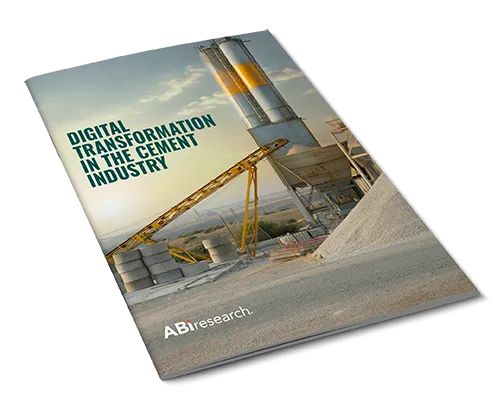
News
Architectural design
Cement producers scrambling to reduce emissions – omens for the glass and metal industries?
December 8, 2023 By ABI Research

Embodied carbon in building materials is coming to the forefront of concern for sustainable building advocates. Glass and metal have high carbon footprints, but concrete is acknowledged to be the biggest contributor. A look at how the need to reduce production emissions is driving modernization and digitization in the concrete world could be instructive for those of us working on glass and metal facades…[ed.]
Cement production and processes emit over five percent of all carbon dioxide emitted by human activity. Reducing that environmental impact is a high priority among cement producers. Cement producers are now publishing their Environmental, Social, and Governance (ESG) credentials concerning energy use in their operations, Greenhouse Gas (GHG) emissions, and water usage. Digital technologies will enable companies to collate and analyze the data to identify process improvements. Furthermore, investments in optimizing their production equipment and cement quality will also drive investments in digitalization. According to global technology intelligence firm ABI Research, total spending on digitalization is forecast to reach US$3.54 billion in 2033 (a 5.5% Compound Annual Growth Rate (CAGR)).
“With all of the above in mind, cement producers are developing risk frameworks that present opportunities for technology suppliers to help firms assimilate information for presenting credentials and performing scenario planning exercises,” says Michael Larner, Industrial and Manufacturing Markets Research Director at ABI Research.
Cement production accounts for 4% of global warming. However, concrete, from which cement is the main element, is the key material used in the construction industry and will continue to be required for buildings, roads, and infrastructure projects. “This is the dilemma for the industry and can be considered an opportunity for both engineers and technology suppliers to devise solutions to develop cement that can fulfill industries’ requirements while not decimating the environment,” Larner explains.
Digital technologies will have a role to play at the production level, and companies are developing and commercializing their expertise, with both TITAN Cement Group and Heidelberg Materials already commercializing their digital expertise in predictive maintenance and application development, respectively.
These findings are from ABI Research’s Digital Transformation in the Cement Industry. This report is part of the company’s Industrial and Manufacturing Markets research service, which includes research, data, and ABI Insights.
Print this page